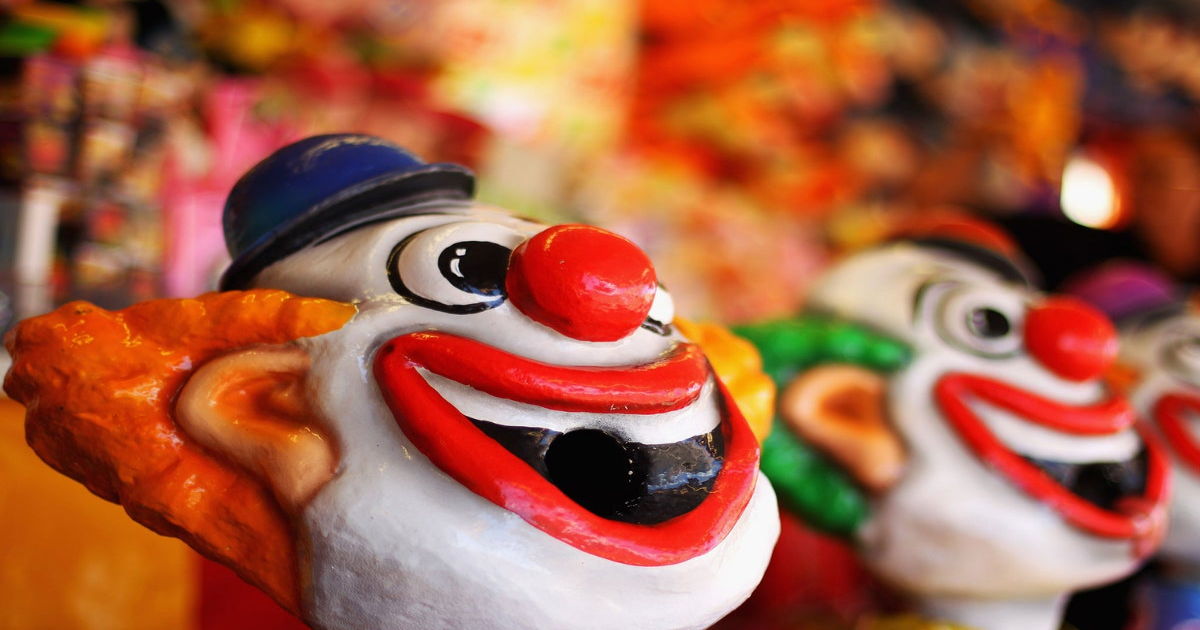Get ready for a day of pranks, hoaxes, and sticky notes – April Fools’ Day is upon us (Mark Kolbe/Getty Images)
Get ready for a day of pranks, hoaxes, and sticky notes – April Fools’ Day is upon us.
From France to Iceland and the United States, Tuesday will be a day of playful deception, so be sure to double-check anything too good to be true and watch your back.
The tradition of April Fools’ Day, while celebrated globally, has a somewhat murky history. Its exact origins remain difficult to pinpoint, but the custom of practical jokes on this day has persisted for centuries. Depending on where you are, the pranks can range from being marked with a fish secretly pinned to your back or a strategically placed whoopee cushion.
So, while enjoying the fun, remember to be on your guard – you never know who might be lurking with a prank up their sleeve.
Here is what we know about April Fools’ Day and its history:
Where did April Fools’ Day come from?
There are plenty of theories about where this day of pranks and hoaxes came from. It’s not clear exactly which one might be true. But what is clear is that April Fools’ Day has roots stretching back hundreds of years.
One idea is that it dates back to France in 1564, when King Charles IX moved the New Year celebration from its week-long observance beginning March 25 to a celebration on January 1, according to the Library of Congress. Those who forgot or were never told about the change were mocked. Although the library notes that the true history of the New Year is more complicated, as different parts of the country observed it on different days.
A similar theory ties April Fools’ Day to the 1582 change from the Julian to the Gregorian calendar, according to the library. But it explains that this type of origin story has been used to explain several holidays and may be more of a “migratory legend.”
And then there’s the theory that it could be connected to the March 21 vernal equinox, which is known as a day when people are tricked by unexpected weather changes, according to Encyclopedia Britannica.
Whatever its origin, the first time there was clear documented reference to the day was in 1561 when the Flemish writer Eduard De Dene wrote in his poem about a nobleman sending his servant on pointless tasks, according to the Library of Congress. The servant soon realises that he has been “sent on ‘fool’s errands’ because it’s April 1,” the library states.
What are some of the most famous April Fools’ Day pranks?
In 2021, then-first lady Jill Biden pretended to be a flight attendant on an airplane traveling from California to Washington. She wore a “Jasmine” name tag and passed out Dove ice cream bars while wearing a black mask, black pantsuit and wig.
A few minutes later, “Jasmine” reemerged without the wig — revealing herself to be Jill Biden, laughing and proclaiming, “April Fools!”
Jill Biden as she boards a plane (AFP)
Google co-founders Larry Page and Sergey Brin became known for announcing outlandish ideas every April Fools’ Day soon after starting their company more than a quarter century ago. One year, Google posted a job opening for a Copernicus research centre on the moon.
Another year, the company said it planned to roll out a “scratch and sniff” feature on its search engine.
Google co-founders Sergey Brin, left, and Larry Page (AP2004)
In 1992, NPR ‘s “Talk of the Nation” program announced that former-President Richard Nixon, who resigned in 1974, would be running for president, according to the Museum of Hoaxes. A comedian had impersonated Nixon to say, “I never did anything wrong, and I won’t do it again.”
Outside of the U.S., one of the most notable pranks involved the BBC World Service in 1980 declaring that Big Ben would become a digital clock and renamed Digital Dave, according to the UK Parliament.
How is April Fools’ Day celebrated around the world?
From Scotland to Iceland to the U.S., the day is honoured in a wide array of ways.
In France, the day is known as poisson d’avril, or “April Fish,” and has long had a fish-themed pranking tradition. In modern times, it’s become more of a day for children to relish in attaching paper fish to their friends’ backs, Atlas Obscura says.
In Scotland, April Fools’ has a history of being a two-day event. April 1 is known as “Gowkie Day” or “Hunt the Gowk,” explained Encyclopedia Britannica. Gowk is a term used to describe a fool. On April 2, the celebration may become more physical, with children attaching “kick me” signs to people’s backs.
The day is also celebrated in Iceland, with the aim being to get people to “hlaupa apríl,” or “make an April run.” In other words, to trick someone in a way that makes them travel to a different location. News agencies have also been known to participate in pranking people.
In 2014, for example, Iceland Review ran a story with the headline, “Google Signs Deal with Iceland,” saying the fake news was part of “a long-standing tradition of the Icelandic media.”

